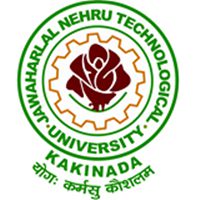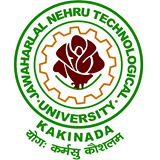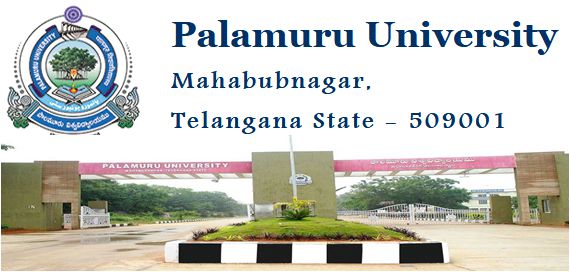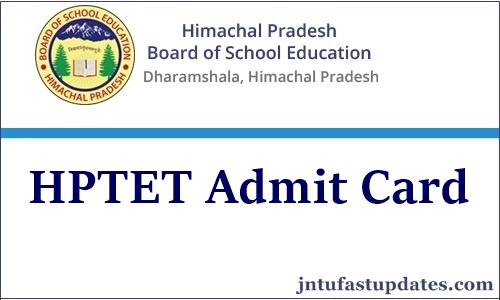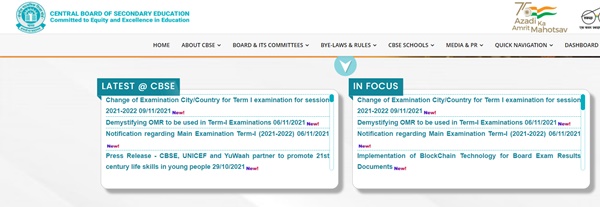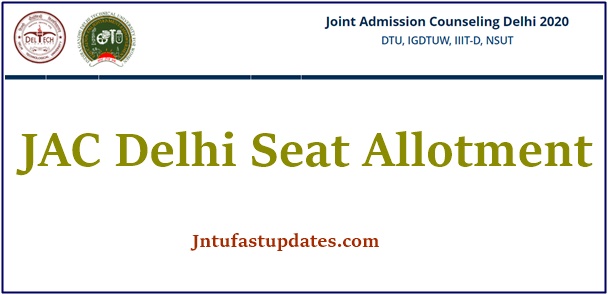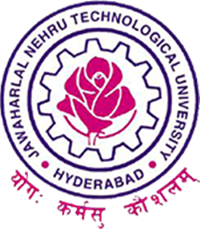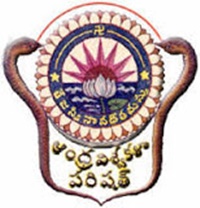Goa TET Admit Card 2021 Download, Exam date: State Council of Education Research and Training (SCERT), Government of Goa announced the Teacher Eligibility Test (TET) exam schedule recently. As per the updates from SCERT Goa, TET Paper I is scheduled to be held on 21st November from 9.30 to 12 [morning] and Paper-II will be held on the same date in the afternoon [2 to 4.30 pm]. Hence the applicants can get ready to appear for the Goa TET examination. As the examination date is nearing, candidates must prepare well to crack the examination with good merit. The competition is expected to be high this year for the GTET examination in Goa. Candidates who applied for Goa TET Paper I and Paper II might be waiting to download the exam call letters. The SCERT Goa announced that the hall tickets will be accessible to download from today, 10th November. Hence the competitors can visit the SCERT Goa Official Website, scert.goa.gov.in to download the Goa GTET Hall Ticket 2021 for Paper I and Paper-II. The corresponding admit card link will be visible on the SCERT Portal’s Homepage. Click on the link and provide the login credentials to download the exam call letters. Hall ticket/admit card is the must to carry document while going to the examination. The hall ticket verification will be done by the exam invigilators before allowing the candidates to participate in the exam. Candidates who fail to show the hall tickets will not be permitted to attend the test. Hence the competitors who are going to take part in the Goa TET examination must download and preserve the exam call letters to carry them to the examination.
Goa TET Admit Card 2021 (OUT) | GTET Hall Ticket Download @ scert.goa.gov.in
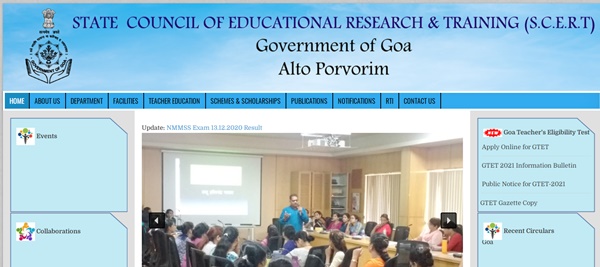
State Council of Education Research and Training (SCERT), Government of Goa released the Goa Teacher Eligibility Test (GTET) Notification on 29th September 2021 and accepted applications from eligible candidates till 10th October 2021. Goa Teacher Eligibility Test will be conducted for Paper 1 [Primary school teacher posts – Classes1-5] and Paper-II [Secondary Teacher posts – Classes 6-8] Based on the rank and merit obtained in the GTET examination, candidates will be placed in teacher posts in Goa state government schools/private schools.
Goa TET Exam Date 2021 – Important Details
| Organization | State Council of Education Research and Training (SCERT) |
| Category | TET Exam |
| Name of the exam | Goa Teacher Eligibility Test (GTET) 2021 |
| Exam Dates | 21st November 2021 [Morning and Afternoon Sessions] |
| Article Category | Admit Card |
| Admit Card Release Date | 10th November 2021 |
| Official Website | scert.goa.gov.in OR gtet.goa.gov.in |
Download GTET Hall Ticket 2021 @ gtet.goa.gov.in
Competitors who are going to appear for the Goa Teacher Eligibility Test Paper I and Paper II on 21st November can download GTET Admit Card 2021 from 10th November onwards. Visit the SCERT Goa or GTET portals, scert.goa.gov.in OR gtet.goa.gov.in to download the hall tickets. Goa TET Paper I and Paper II exams will be held on the same dates in the morning and afternoon sessions. Candidates who applied for GTET Paper I and Paper II can download the hall tickets and can check the following information from it.
- Name Of The Candidate
- Roll Number
- Photograph of the Candidate
- Applicant’s Date of Birth
- Category of the candidates
- The venue of the Exam Centre
- Date & Time of the Test
- Name of the Test Centre
- Examination Centre Code
- Reporting Time to the Exam Hall
- Name of the Candidate’s Father
- Name of the Written Test
- Gender (Male/ Female)
- Duration of the Online Test
- Name of the Exam Conducting Board
- Space for Invigilator’s Signature
- Registration Number
- Space for Applicant’s Signature
- Important Guidelines for the Exam Takers
- Signature of the Board Counselor
Aspirants can observe all the details clearly from the hall ticket after downloading it. Make sure to carry the admit cards while going to the examination. Candidates can report to the authority for any sort of corrections in the admit cards. Along with the admit card, aspirants have to carry any valid identity proof. The identity proof include,
- Voter Card
- E-Aadhar card with a photograph
- Employee ID
- PAN Card
- Passport
- Bank Passbook with the photograph
- Identity Card issued by a recognized College/ University
- Permanent Driving License
- Photo identity proof issued by a Gazetted Officer
- People’s Representative along with a photograph
Steps to Download GTET Admit Card 2021 Online
- Visit Goa SCERT official website, scert.goa.gov.in OR GTET portal, gtet.goa.gov.in.
- On the home page, search for GTET Hall ticket 2021 for Paper I and Paper II
- Click on the link to download the GTET Admit Card 2021.
- Enter the valid information.
- Upon submission, you can download the Admit Card.
- Take out the printed copy of it for further usage.
Important Links
Download GTET Admit card 2021 for Paper I and Paper II – Available Here
FAQs
GTET Admit card will be accessible to download from 10th November.
SCERT Goa announced the Goa Teacher Eligibility Test (GTET) exam date as 21st November.
Candidates can visit the SCERT GOA official website, scert.goa.gov.in OR GTET official website, gtet.goa.gov.in to download the hall ticket.

320-x100(1).gif)

